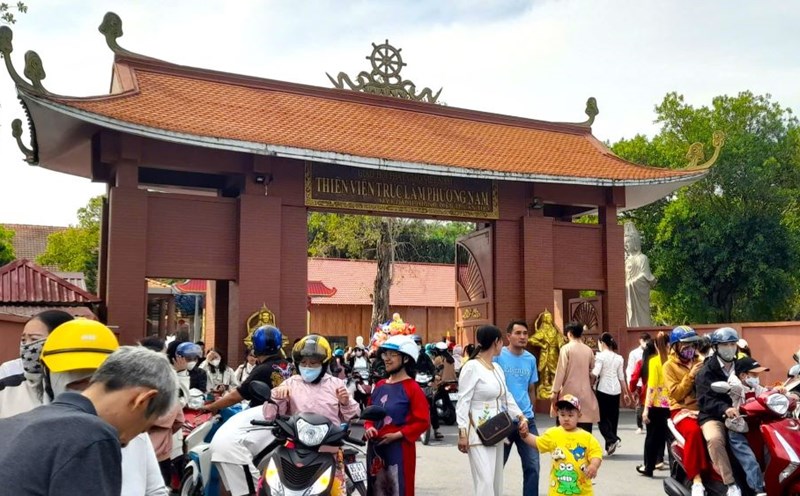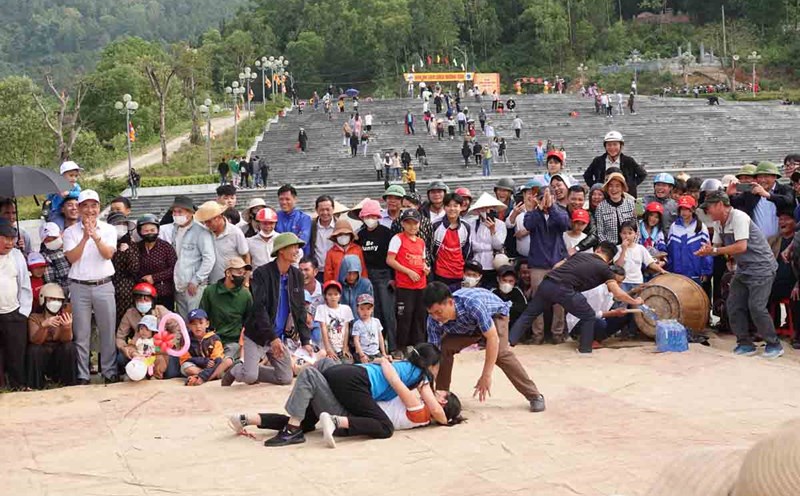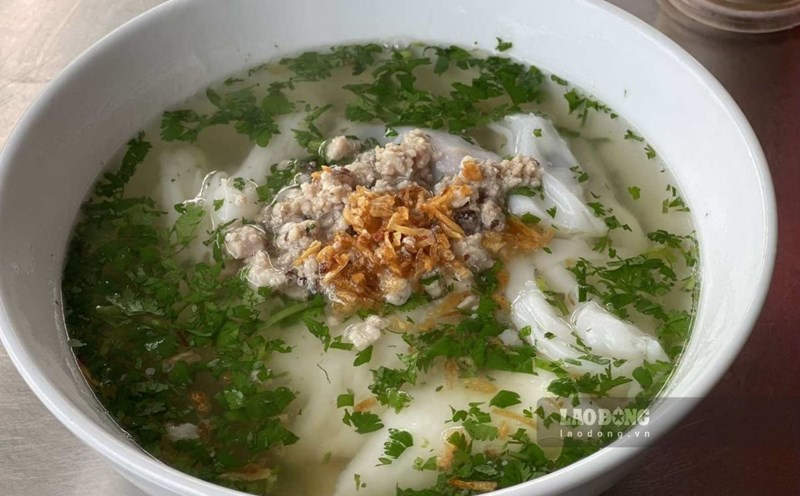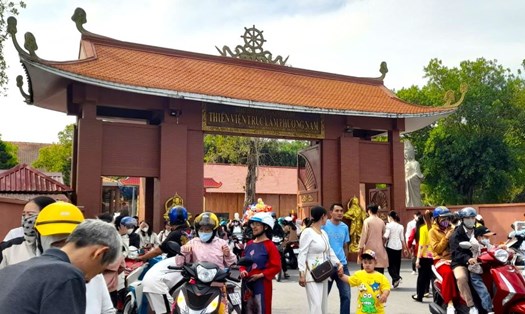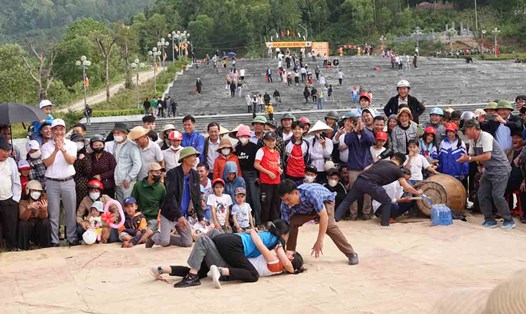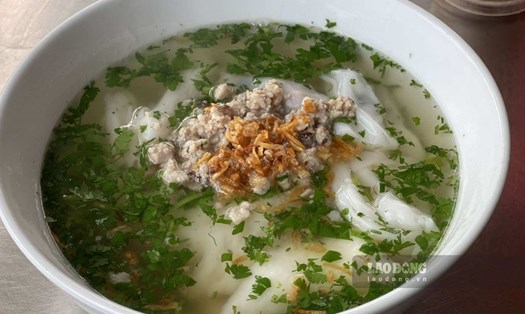In the first days of the new year, the historical and cultural relic complex of Dinh - Den - Cau Muoi Pagoda (Tan Thanh commune, Phu Binh district, Thai Nguyen province) has become a spiritual destination attracting tens of thousands of visitors from all over the country to come and worship.
The opening ceremony of Cau Muoi Temple - Pagoda - Communal House festival this year takes place on February 1, 2025 (the 4th day of Tet At Ty 2025).
However, right from the first days of the new year, tens of thousands of tourists not only from Thai Nguyen but also from other provinces such as Bac Giang, Bac Ninh, Lang Son, Ha Giang... have flocked here to enjoy spring, pray for fortune, peace and luck.
According to Lao Dong's records on the afternoon of January 31 (the third day of the Lunar New Year), hundreds of cars with license plates from Thai Nguyen, Bac Giang, Bac Ninh provinces... lined up for about 2km along DT269B, causing congestion at the entrance to the relic complex.
Authorities were on hand to direct traffic and organize one-way traffic on DT269B. Visitors are advised to use motorbikes or park their cars far away to avoid congestion.
Mr. Hoang Thien (Thai Nguyen) said that although the distance is only about 30km, it took his family 2 hours to travel from the center of Thai Nguyen city to the relic cluster and about 3 hours to return because they had to take a detour because they were not allowed to travel the old way.
"This makes it difficult for drivers who are not familiar with the road or come from other areas. It's easy to get lost because there are no signs," he shared.
Last year, according to the estimate of the Management Board of the Cau Muoi Communal House - Temple - Pagoda relic complex, the number of visitors in early spring reached about 1 million, 2-3 times higher than previous years. This year, with favorable weather conditions, the number of visitors is forecast to increase even more.
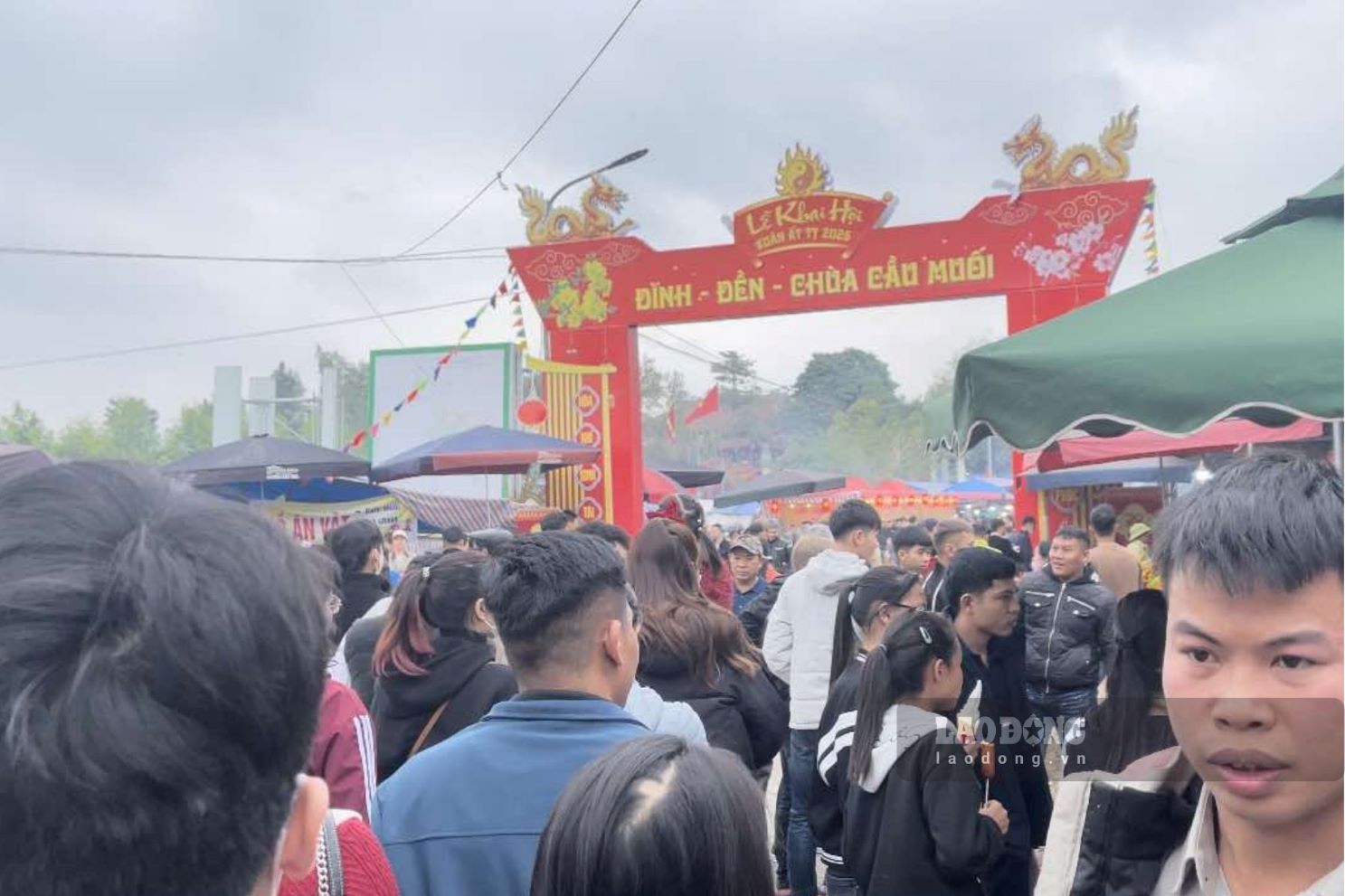
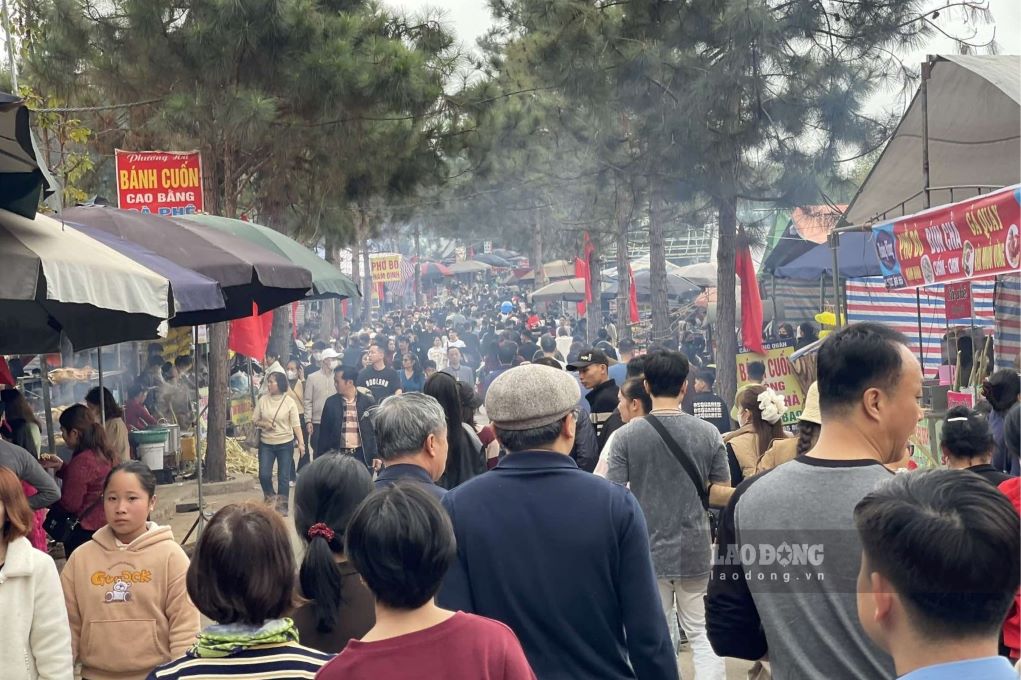
Not only famous for its majestic natural beauty, the relic complex is a sacred destination, known as "wish come true", associated with many thrilling and mysterious stories.
Cau Muoi Communal House is located in the center of the relic complex, a place to worship the village's tutelary god Cao Son Quy Minh Dai Vuong Duong Tu Minh - who had great merit in protecting the northern border of Dai Viet in the 12th century.
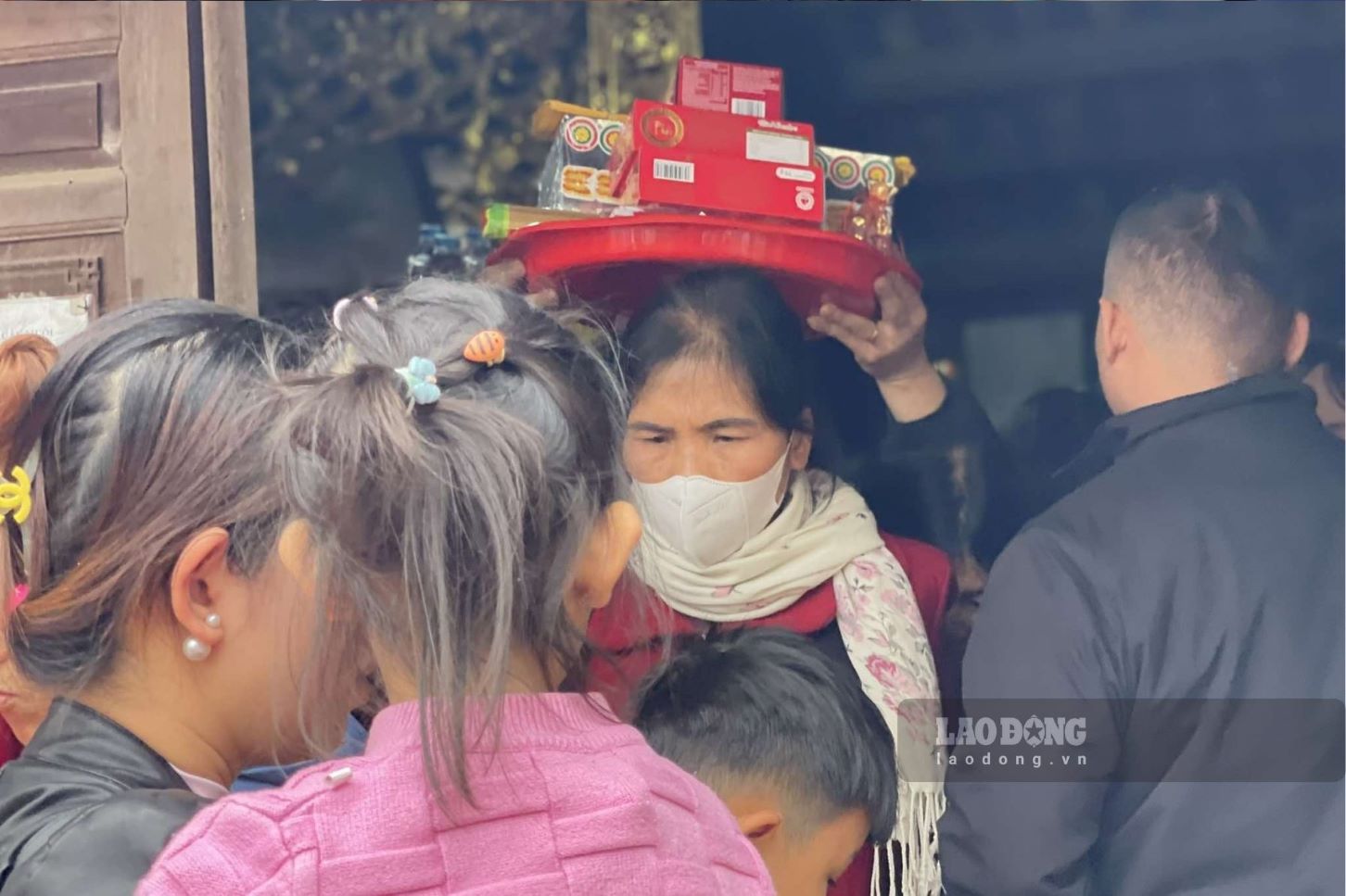
Located next to Cau Muoi Temple is Cau Muoi Pagoda (Linh Son Tu). The pagoda was built on a gentle hill, worshiping Buddhas and Bodhisattvas in Buddhism. In front of the pagoda are the bell tower, drum tower, stone incense burner and the statue of a carp jumping over the dragon gate to reflect the Three Jewels.
The pagoda currently preserves the Linh Son Tu four-sided stone incense tree, established in 1719.
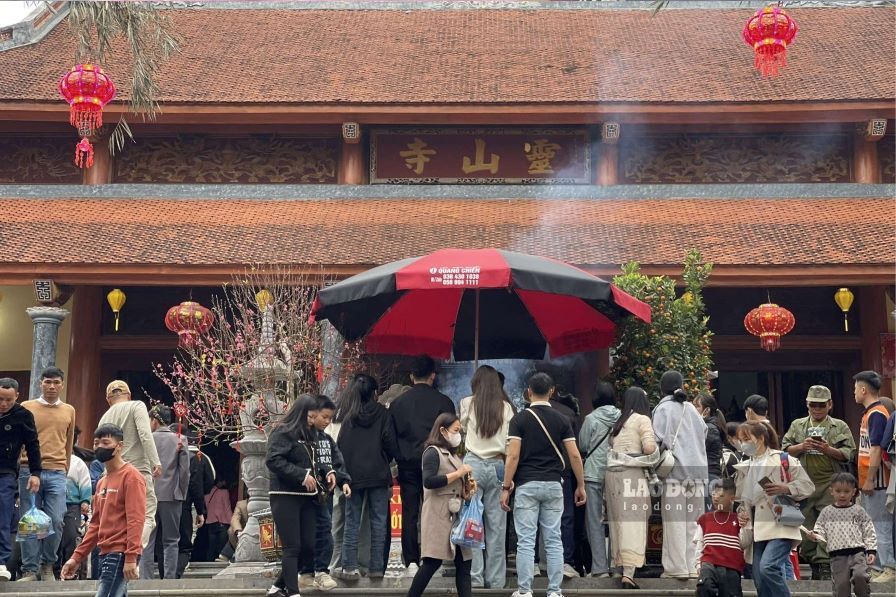
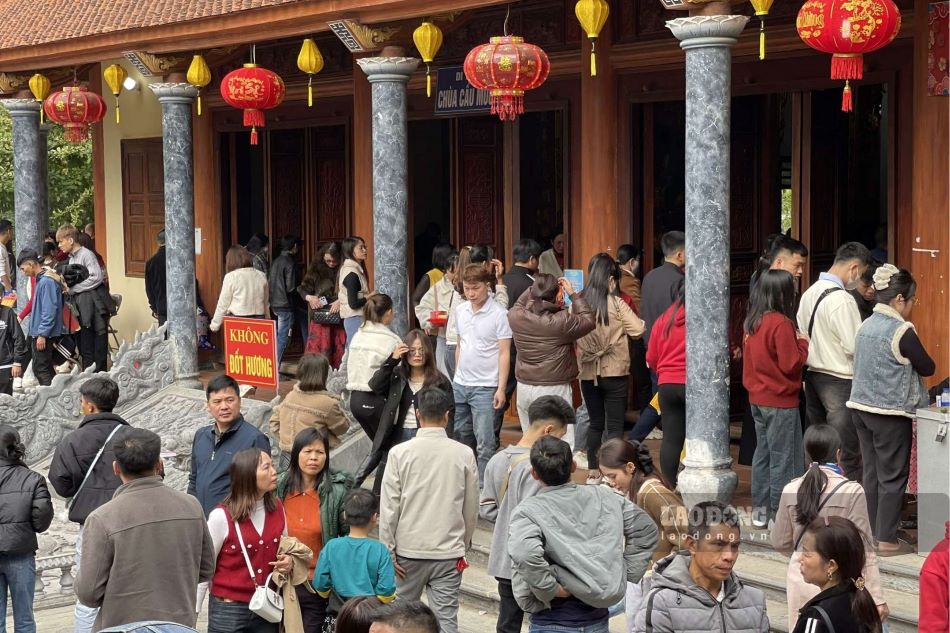
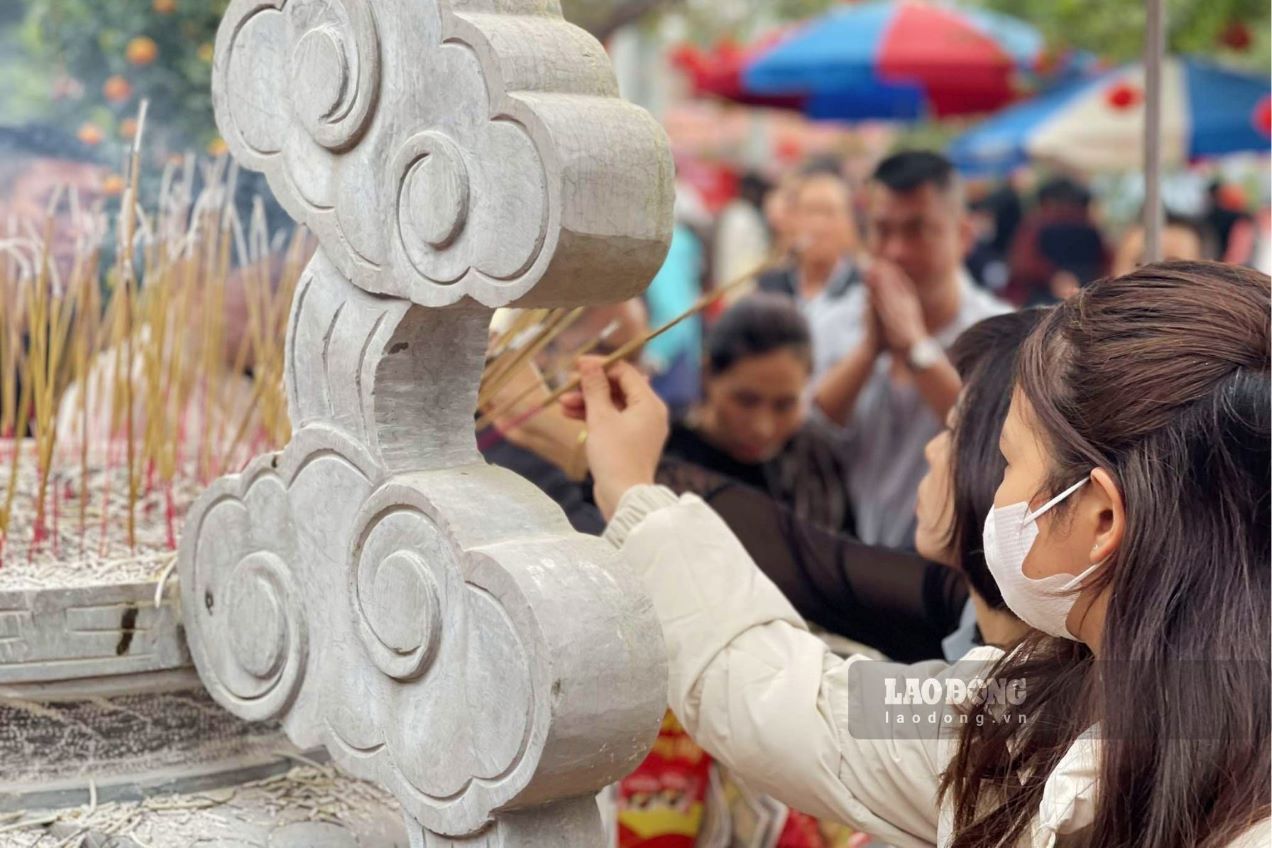
About 150m away is the Cau Muoi Community Temple, located on a hill about 50m higher than the level of the Communal House and Pagoda.
This is the place to worship Holy Mother Lieu Hanh - one of the four "Four Immortals" of Vietnam, along with the deities in the Mother Goddess worship of Tam Phu and Tu Phu of Vietnam.
The temple has a structure consisting of 3 front rooms and 1 back room, associated with mysterious legends.
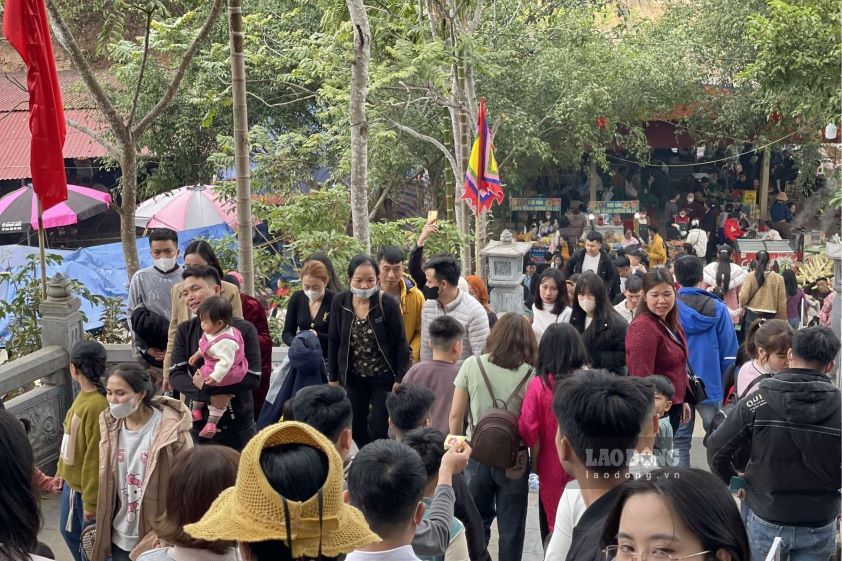
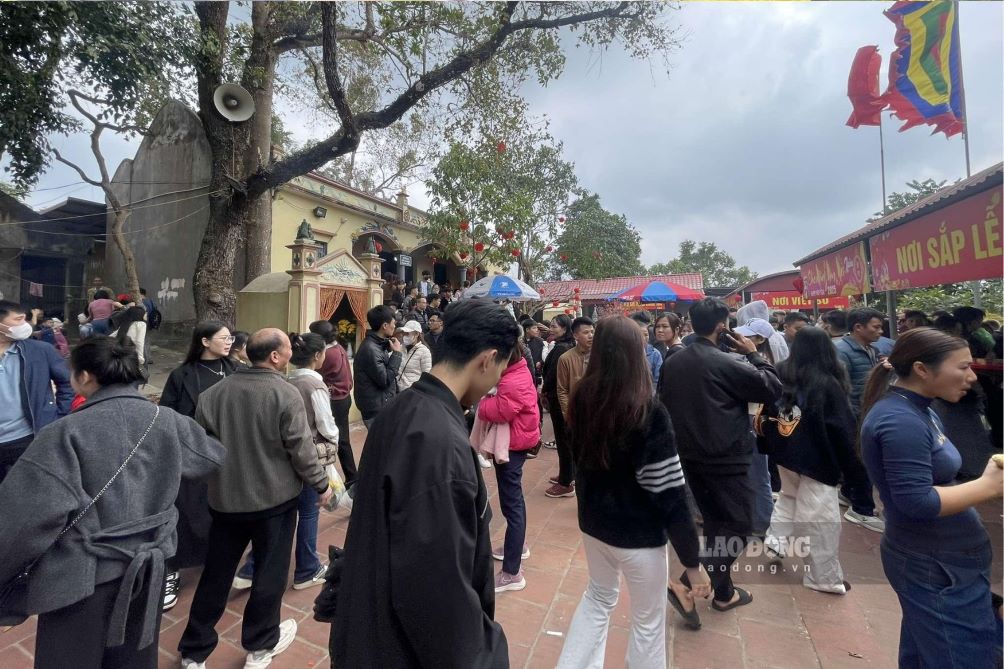
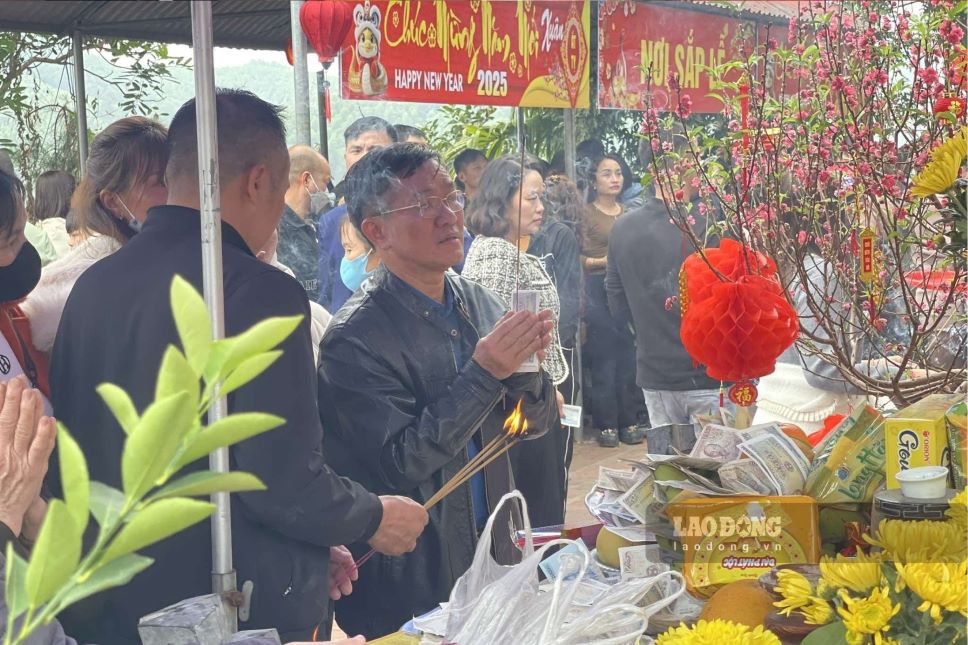
Legend has it that about 300 years ago, there was a mother and son who worked as salt sellers. One day, they passed by the area that is now Cong Dong Temple. At that time, it was still wild, with dense forests and many wild animals.
Because she was tired, the mother sat down to rest and let her child go find some water to drink. Waiting for a long time without seeing her child return, she worriedly went looking for him. When she arrived, the mother was in pain when she discovered that her child had been mauled to death by a tiger. At that moment, she was also mauled and died.
Strangely, the hungry tiger did not eat the mother and child, but left their bodies lying next to each other. After only one day, the surrounding termites had pushed up the soil to cover the bodies of the mother and child, leaving only their feet.
Witnessing the strange event, the locals built a temple. The temple was famous for its sacredness and ability to grant wishes. It gradually became famous, attracting many visitors from all over the world to come and worship.
Today, at the Cau Muoi Community Temple, located in the back palace area, right below the statue of Quan Ho, is the tomb of the mother and son. In addition, the Upper Temple is located on top of a hill 300m above ground level, about 300m northwest of the Community Temple, worshiping the Mother Goddess of the Upper Realm.
Currently, this relic complex still preserves many valuable ancient artifacts such as bronze gongs, bronze bells, altars, incense altars, stone mortars, along with 5 ancient ceramic incense bowls and 23 statues.
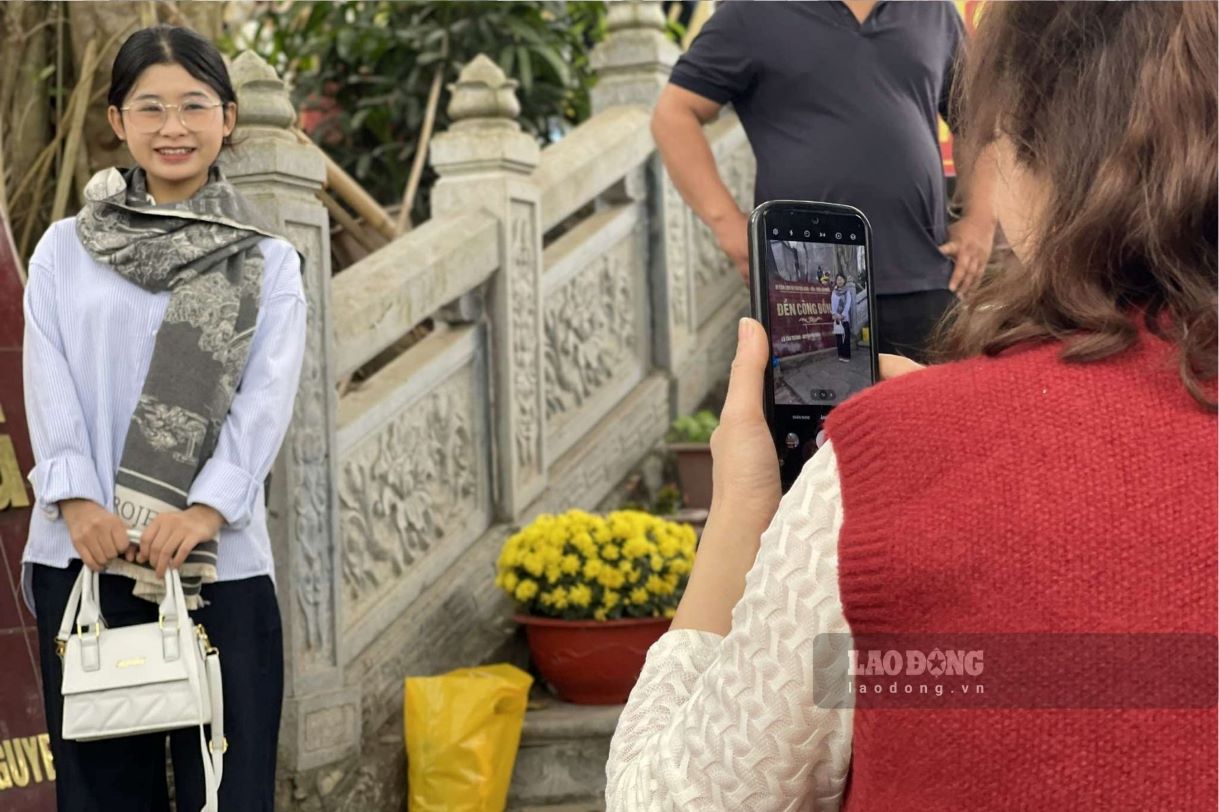
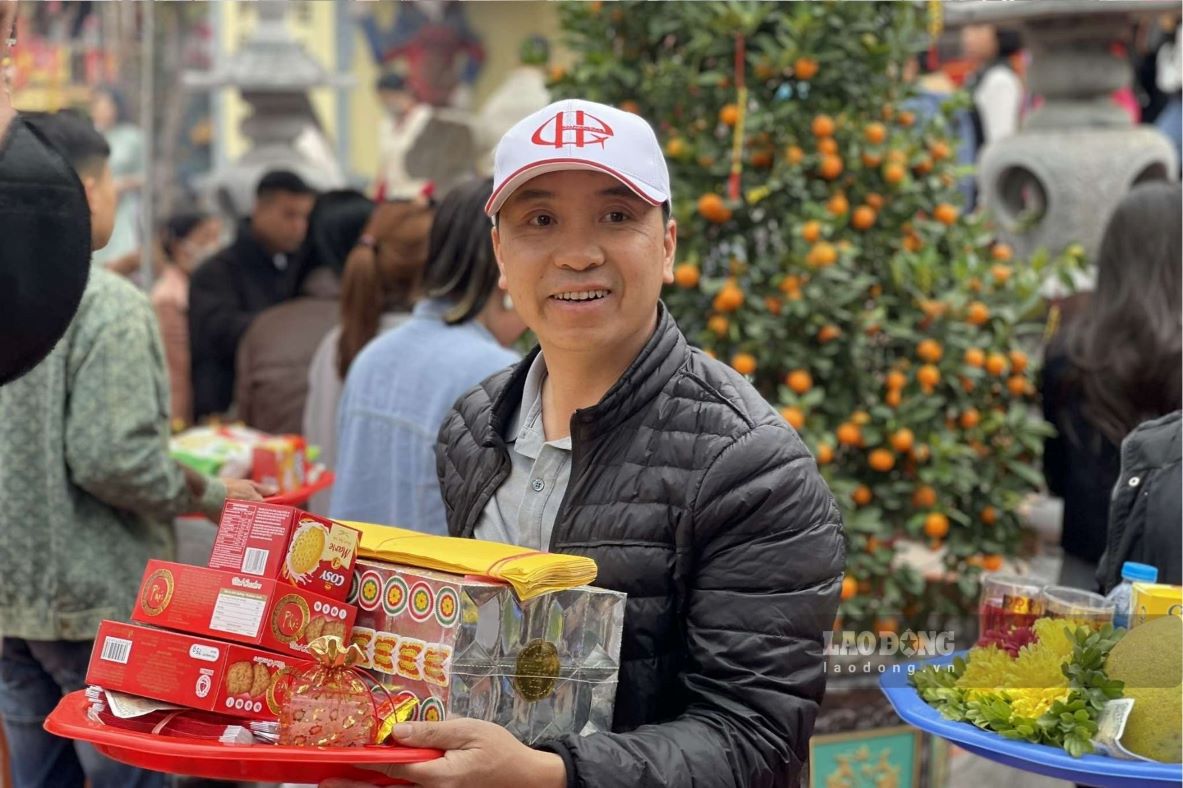
When coming to Cau Muoi Temple - Temple - Pagoda, visitors often pray for health, peace and luck for their families. In addition, many people also bring salt and rice to offer to the gods and ask for blessings according to the custom of "Buying salt at the beginning of the year and lime at the end of the year" with the hope of praying for abundance and happiness for their families.
Mr. Phan Duong Luan (Thai Nguyen) shared: "Every year, when Tet comes, my family and I go to Dinh - Den - Cau Muoi Pagoda to enjoy the spring scenery, go to the temple, pray for health, luck, peace, prosperity and happiness."
If visitors have the opportunity to come to Thai Nguyen, the relic complex of Communal House - Temple - Cau Muoi Pagoda is an ideal stop for those who love to explore the spiritual culture and history of the Vietnamese people.

